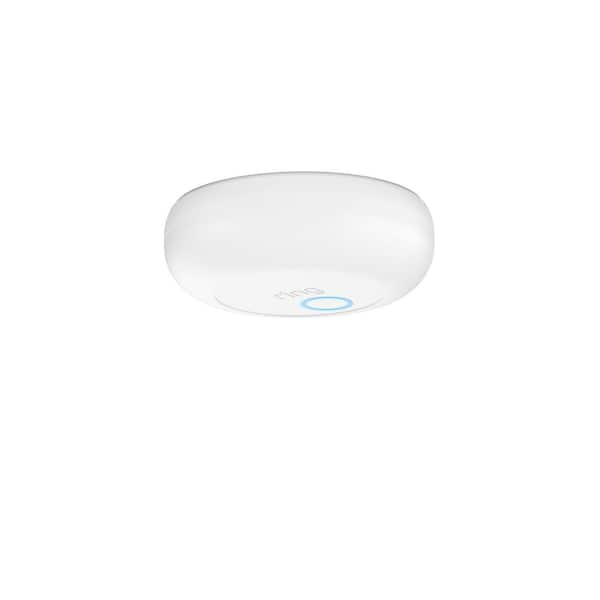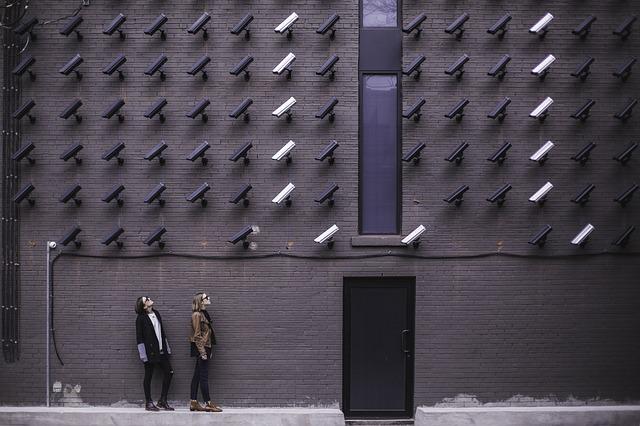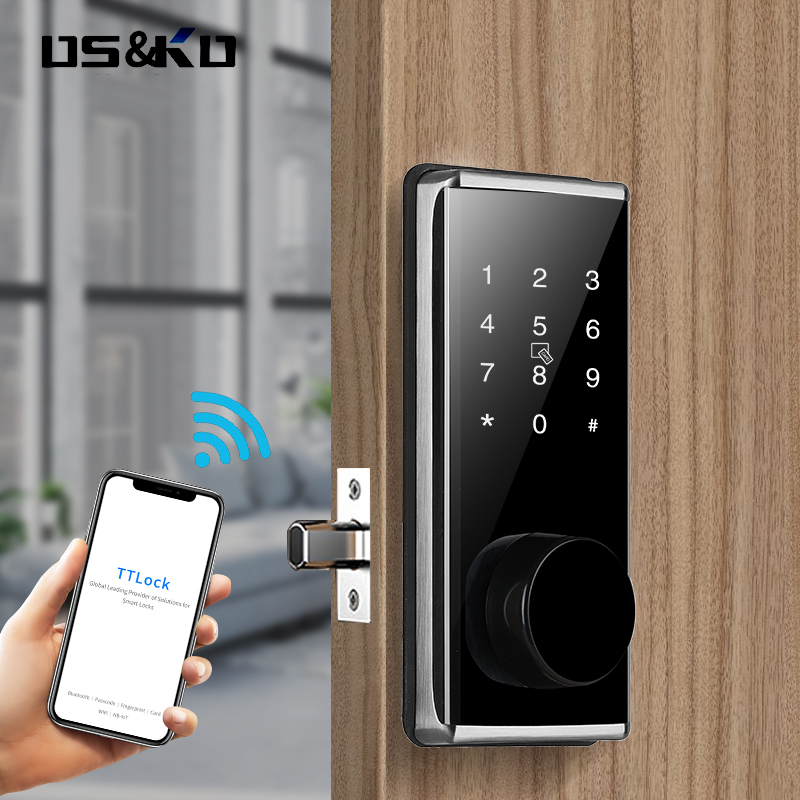
It is a great idea to install storm doors in your home. They are made from steel and make it difficult for intruders. They can be fitted using a locking system that you prefer, such as deadbolts. Not only are these doors great for protecting the front of your home, but they can also protect the back door and garage door.
Durability
Before you make a purchase of Security Storm Doors, be sure to evaluate their durability. Some doors are more durable then others. For example, some of the most durable ones use bank vault-like deadbolt pins and heavy-duty keyed locks. Others secure models come with hinges that can't be removed. Many of these models also have aluminum skins as well as plastic frames. There are however significant differences among models. The warranty for hinges might also be an option.
Secure storm doors also have an energy-saving advantage. They contain three layers - front and back layers of aluminum skin, with a layer of foam insulation in the center. This helps to keep your home warmer in the winter and cooler in the summer. They also block out the elements so they don't get into your home. Low-E glass may be available for models that increase efficiency and protect you from harmful UV rays.
Energy efficiency
Storm doors are a great way to improve your home's energy efficiency. These doors keep cold out and keep warm in. This protects your home from any damage caused by inclement weather. This reduces your energy bills. Storm doors can also be equipped with screens.

While these doors are generally made of low-E safety glass, they can be made with a variety of other materials. Low-E glass provides superior insulation and energy efficiency, and some types even feature UV-resistant glass.
Security
Storm doors can be a great way to protect your home from break-ins. They are made from heavy-gauge, steel with an additional panel of glazing to deter intruders. Many models also have a security screen door for added security. These doors can also be fitted with a deadbolt, or another locking mechanism.
They can increase the security of your home and are very attractive. These doors can be made of various materials and can come in many different designs and styles.
Cost
Secure storm doors can be expensive. While some models can be inexpensive and offer security features, others may cost you up to $1,000. This type of door can allow you to feel relaxed knowing your home will be safe from any unwanted visitors. You can choose from full or retractable glass panels, and there are many styles and materials available for security storm doors. They come with a 10-year limited warranty.
The cost of a storm door is dependent on its type, size and the material it is made from. The average security stormdoor costs between $100 and $400. While a more secure door can be purchased for $300 to $3,000.

Installation
Installing a secure storm door requires careful measuring. Before buying a storm door, measure the door opening from the top of the frame to the threshold. This measurement should be taken in the following three places: on the left, right, and center. Storm doors should allow for seasonal expansion and contraction. You will receive specific recommendations from the manufacturer. Then, stand the door up in the opening and see how it fits. If it is too wide or narrow, add wood shims to level the door.
Homeowners who desire to allow natural light and prevent unauthorized entry through their screens can choose steel security storm doors. These storm doors protect your home from wind damage and prevent your glass shattering. This allows you to take advantage of the sun and the fresh air without worrying if burglars will break in.
FAQ
What is the best wireless security system you can buy
The best wireless security system I recommend is the D-Link Wireless Security System. It is one of the most affordable systems available. All you need in one package. It comes with a camera, motion sensor, and remote control. It is easy to connect it and follow the instructions.
What security system would you recommend?
The best security system depends on the value you place on your home. You have two options. One is to go with a basic system which offers minimal protection but is affordable. You can either get a better one with more features, such as remote monitoring, video surveillance or access control.
Can I install a security camera by myself?
Yes! You can install a home alarm yourself if you know what you're doing. If you don’t have the skills to do it yourself then you can hire a professional to help you.
What is the highest-rated home security system rating?
ADT Pulse, Ring Alarm, Vivint Home Security Security, Protect America and Vivint Smart Home Security are the most popular home alarm systems.
What Home Security Systems cannot be hacked
This depends on what definition you use of hacking. Hacking refers only to the unauthorized use of computer systems, networks, data, and programs. Hacking is impossible for most home security systems because they do NOT contain software that can be remotely controlled. They will not permit anyone to enter your house without your permission.
If the home security system is connected to the Internet, however it can be hacked. These types of systems usually require a password to operate, which means that someone can hack them if he knows the correct password.
Which home alarm system features are the best?
Ring Video Doorbell Pro offers the most features of all home security systems that we tested. It allows you to see who is at the door, chat with them, and even record videos. It also comes with a free cloud storage service so you can save any recordings you make.
What is the difference of surveillance and security camera?
Surveillance cameras can be used for surveillance purposes while security cameras can be used for protection.
Each type of camera has its pros and cons. The only thing that distinguishes them is the type and quality of images they produce. Surveillance camera record video in slow-motion so you can follow what's happening live. However, security cameras record only video and still photos, which can then be reviewed later.
Statistics
- Depending on your insurance, 24/7 professional monitoring may qualify you for as much as 15% off your premium. (safewise.com)
- Related questionsHome security systems that are 100% DIY (safewise.com)
- Most home security companies will charge you around 75% of the remaining term of your contract if you cancel early—and some require 100%.Related questionsWhat type of contract length can I expect from security providers?Home security system cancellation (safewise.com)
- Most home security companies will charge you around 75% of the remaining term of your contract if you cancel early—and some require 100%.Related questionsWhat type of contract length can I expect from security providers?Home security system cancellation (safewise.com)
External Links
How To
How to Install A Home Security System
A home security alarm is a device that monitors the property and alerts you in case of any suspicious activity. It could include a motion sensor or doorbell camera, smoke detectors, flood alarms, carbon monoxide detectors, burglar alarms, and flood alarms. A home security system is usually composed of one or several sensors (e.g. motion detectors), that send signals when there's movement or sound. The signals are then sent to a control panel where they're monitored and recorded. If there's a problem such as someone breaking into your house or other suspicious activity, the control panel sends an alert via your phone, tablet computer, voice assistant, or computer. You will be notified immediately and you can take immediate action.
First, you must choose the right type sensors for your home to install a home security system. There are two main types, passive and active. Passive sensors don’t need batteries. Instead, they simply pick up sounds or vibrations from the environment. They include things like doorbells, sirens, and buzzers. Active sensors use electricity to transmit data. These sensors include motion sensors and cameras.
There are many sensors brands today. Each brand has its own pros and disadvantages. For example, some sensors are weatherproof, while others aren't. Some sensors have built-in speakers, so they can be heard even when you're not outside. Some only work indoors. Some are simple, while others offer advanced features such as night vision.
After you have decided on the best sensors for your property's needs, you will need to choose a manufacturer. This will ensure that all your sensors work together. You will find many options in your local hardware store.
After you have chosen a brand, you will need to decide how many sensors you wish to purchase. Depending upon whether they live alone or in a group, most people begin with one or two sensors. If you are planning to add sensors later on, you may consider purchasing additional sensors.
Next, think about where you want them to go. Do you want them close to doors or windows? Do you prefer to keep them away? Make sure you get permission before placing them around your property. Make sure that they won't cause interference with any other electrical outlets.
Now that you know where you want to put your sensors, you'll need a way to connect them to your control panel. You might need a power adapter for your setup. Once you have everything in place, your property can be monitored!